Anyone who thinks electric cars are boring needs to drive the Hyundai Ioniq 5 N.
With an extraordinary 641bhp, a 3.4-second 0-62mph time and a 161mph top speed, it has the pace of a supercar.
The first models arrived in the UK just a few weeks ago and Hyundai brought a couple of them to Dundee for Scottish motoring journalists to try out.
Cars with ‘N’ badging have been designed by Hyundai’s performance division, which created the i30 N and the i20N hot hatches.
Those cars were outstanding, with the latter winning Performance Car of the Year at the 2021 Scottish Car of the Year Awards.
A lot of work has gone into making the Ioniq 5 N a terrific driver’s car.
More than two metres of adhesive and 42 extra welds stiffen the shell.
The battery and motor mounts and the suspension have all been strengthened, and new axles are designed to copy with all the power.
Finally, an electronic limited slip differential and four-wheel drive help put all that power on the road.
How much power does it have?
The car’s twin motors generate a combined 601bhp, and a steering wheel boost button increases that to 641bhp for 10 seconds at a time.
Hyundai’s boffins have also added lots of features to make the Ioniq 5 N appeal to petrolheads.
There’s a mode that generates synthetic engine noise, which sounds stupid but is actually a lot of fun.
And there’s a simulated dual-clutch gearbox that mimics up and downshifts, which also sounds a bit daft until you try it.
The Hyundai Ioniq 5 was first launched in the UK in 2021 and was given a mid-life facelift earlier this year.
The standard car is available with three different motor choices, offering 168bhp, 225bhp, or 321bhp.
I’ve driven all three and I would have said the 225bhp version offers as much power as most drivers could want and the 321bhp model is faster than anyone really needs.
I remained of that opinion right up until I drove the Ioniq 5 N and I now think the car does indeed need 641bhp.
Driving the Hyundai Ioniq 5 N
It is an extraordinary car. I drove it from Braemar to Dundee, throwing in an extra loop over moorland and through Alyth and Meigle.
On a deserted straight stretch a little north of Glenshee I stopped dead, engaged the boost mode, and floored it to 60mph.
The power is instantaneous and extraordinary. It pushes you back in your seat.
The gear paddles and the fake engine noise do somehow enhance the experience, perhaps because our driving brains are conditioned to use sounds as triggers, although you can also turn these systems off and drive around in silence if you prefer.
Handling is an area in which EVs can struggle due to their higher weight. Somehow the Hyundai Ioniq 5 N manages to corner with an agility and grace that doesn’t seem possible in a 2.2-tonne car.
It’s also a big vehicle, with plenty of room for four passengers and a hatchback boot that can fit a couple of golden retrievers.
Yet it feels smaller and nimbler than its dimensions suggest.
Accurate steering makes it easy to guide through corners, grip is phenomenal, and the chassis remains poised at all times.
The four-wheel drive setup sends more power to the rear wheels, making the car feel performance oriented, and it’s incredibly easy to control.
Adjustable drive modes
There are six different drive modes, two of which can be customised to suit each driver.
You can adjust power response, suspension stiffness, the head up display layout, pick from three different engine noises, adjust one-pedal driving, and lots more.
You can turn off traction control, although that’s not something I would recommend with a car this powerful.
A launch control mode optimises the car for drag races and a drift mode makes power slides easier.
Official range is 278 miles and I found that figure to be believable.
Getting behind the wheel of the Ioniq 5 N in Braemar the battery read 53%. When I arrived in Dundee two hours later it was still above 30%, and I had not been driving with any care for efficiency.
What’s the Hyundai Ioniq 5 N like inside?
The interior gets sports pedals and a sports steering wheel, as well as figure-hugging seats designed to prevent you sliding off them in hard cornering.
It’s also a car you can use for everyday family life. There’s plenty of room for passengers, luggage and pets, and lots of storage shelves and cubbyholes.
Its 84kWh battery can charge at a rate of up to 240kW, at which speed it gets from 10-80% in just 18 minutes.
What’s more, because electric cars have the lowest benefit-in-kind rate, the Ioniq 5 N makes great sense as a company car.
I thought the days of the hot hatch were over and we would never see cars as entertaining as the Ford Focus RS or Volkswagen Golf GTI.
The Hyundai Ioniq 5 N has proved me wrong. It’s one of the most entertaining performance cars I’ve driven in the past 10 years.
Hyundai Ioniq 5 N review – facts:
Price: £65,000
0-62mph: 3.4 seconds
Top speed: 161mph
Range: 278 miles


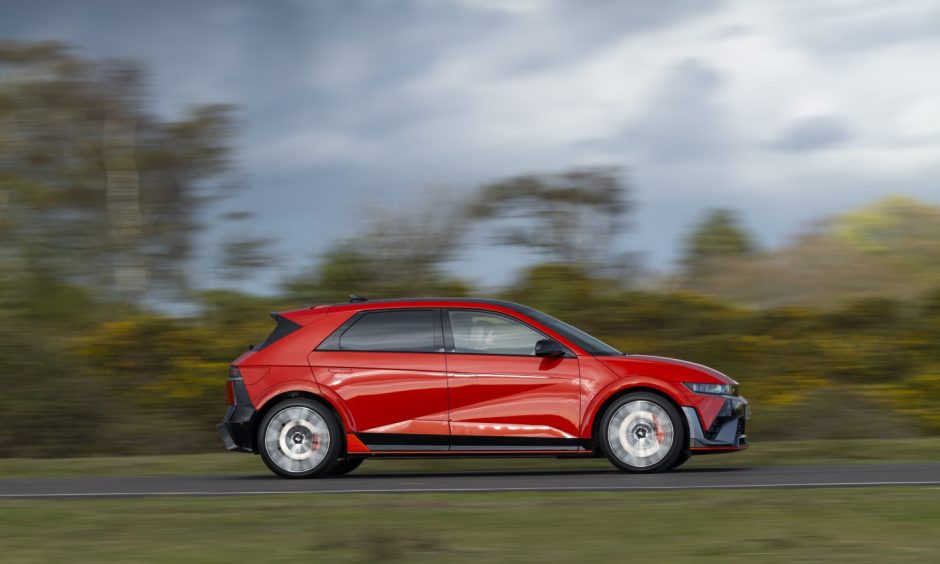


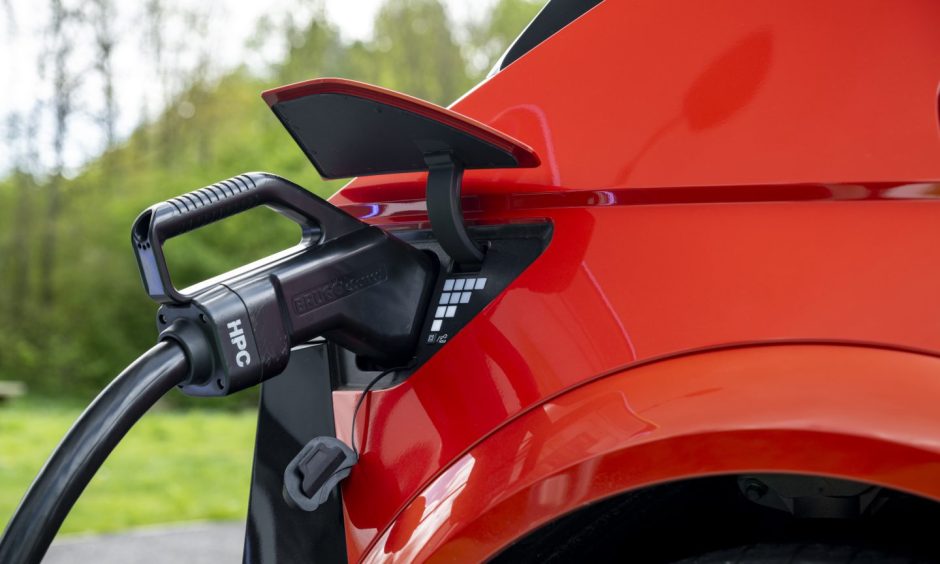
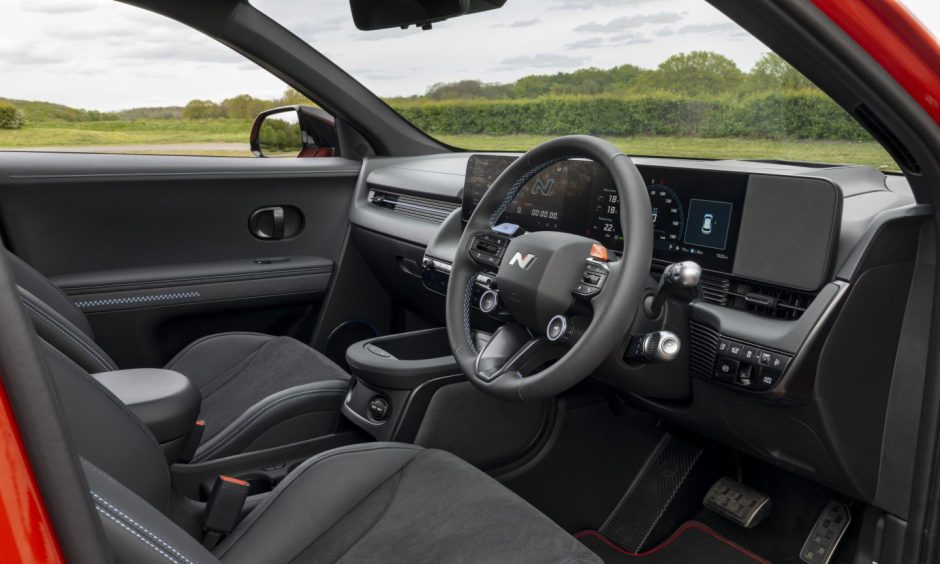

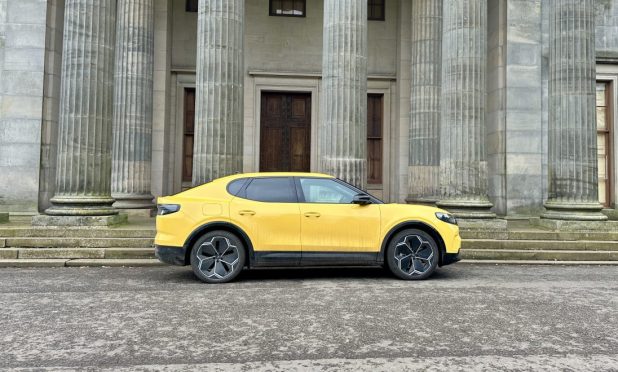


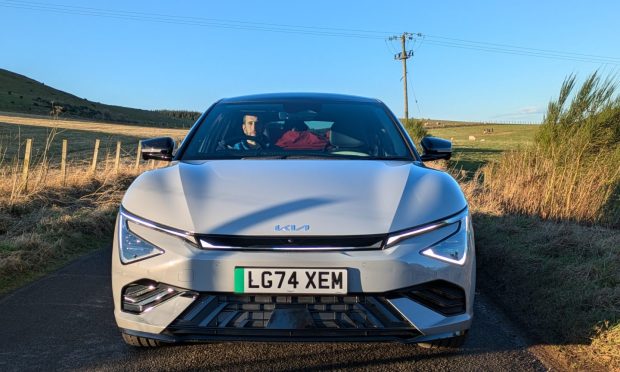

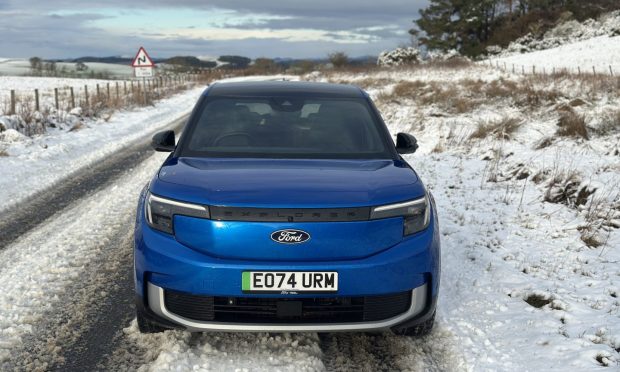

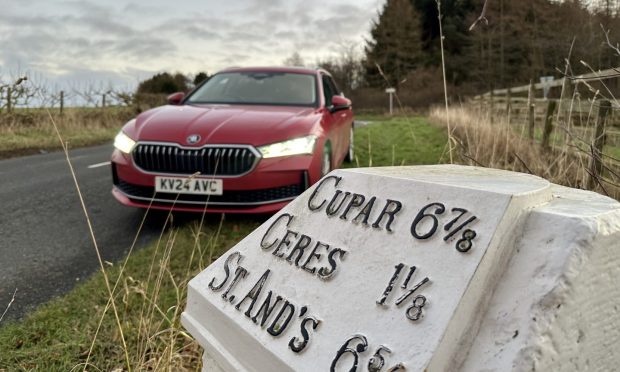


Conversation